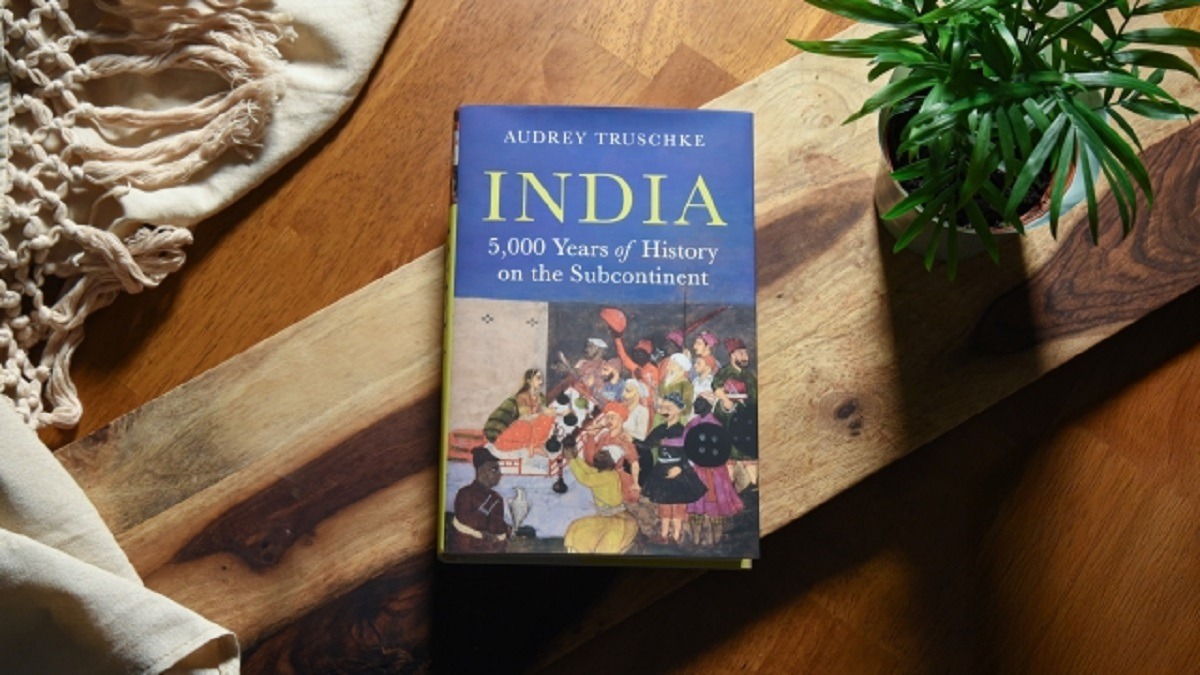
Follow WOWNEWS 24x7 on:
Updated: July 17, 2025 23:33

Mazher Mir’s reflections on Audrey Truschke’s book, India: 5,000 Years of History on the Subcontinent, offer a compelling lens to understand Bengal’s unique cultural and religious landscape. Far from being shaped by rigid categories, Bengal’s identity has evolved through centuries of fluid, inclusive traditions.
Key Highlights From Historical Insights
- Truschke’s work challenges the notion of Hinduism as an ancient, unified religion, showing how it was shaped by imperial classification rather than grassroots evolution
- The term Hindu was originally a geographical label used by Persians and Mughals to describe people east of the Indus River
- Mughal governance grouped diverse spiritual communities under this label, inadvertently empowering upper-caste Brahmins and reinforcing caste hierarchies
Bengal’s Divergent Path
- Unlike other regions, Bengal embraced Islam through bottom-up adoption, not top-down conversion
- Sufi saints and pir traditions offered spiritual belonging to marginalized communities, contrasting with Brahminical exclusion
- Trade routes and cultural exchanges with Afghanistan and Turkey had already familiarized Bengal’s population with Islamic practices before Mughal rule
Contemporary Relevance
- Bengal’s pluralism stems from its layered history of Buddhist scholars, Baul mystics, Vaishnav reformers, and Sufi wanderers
- The legacy of imposed categories—caste, religion, ethnicity—continues to shape social dynamics in both West Bengal and Bangladesh
- Truschke’s analysis urges a rethinking of identity, not as fixed or inherited, but as historically constructed and politically managed
Sources: Dhaka Tribune, Asian Review of Books, The Hindu, Princeton University Press, Penguin India.




